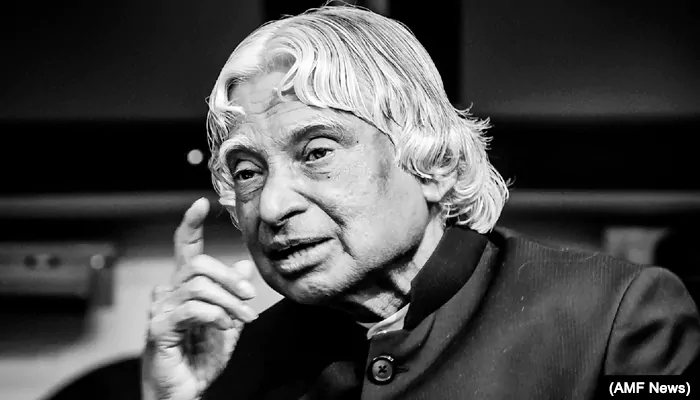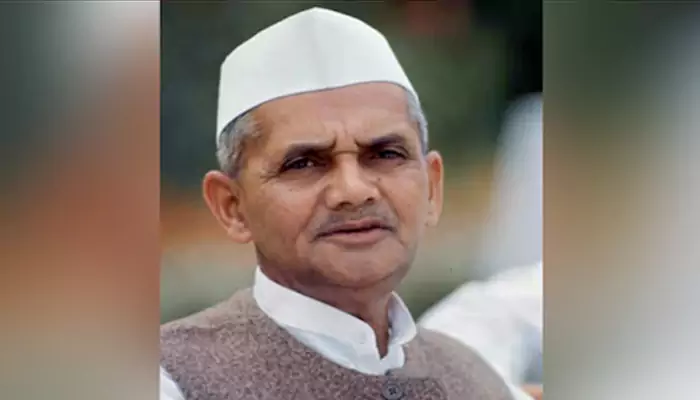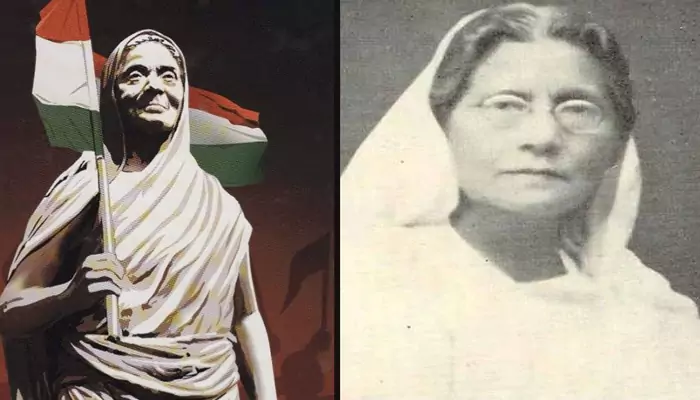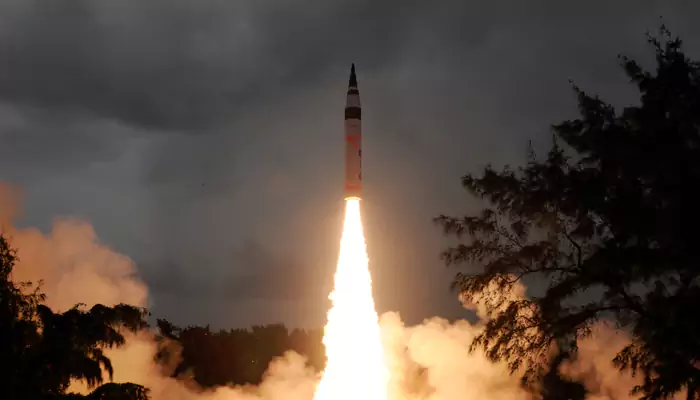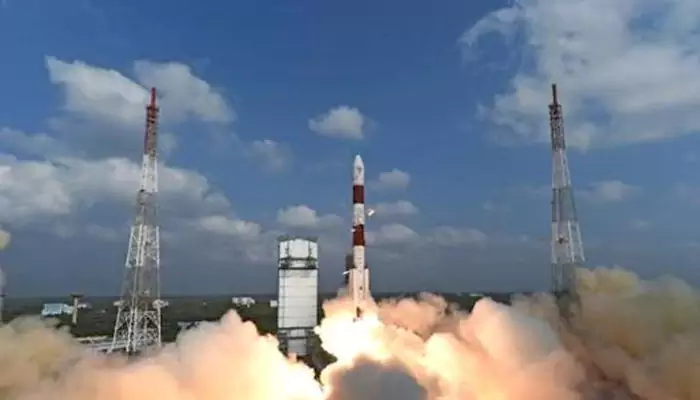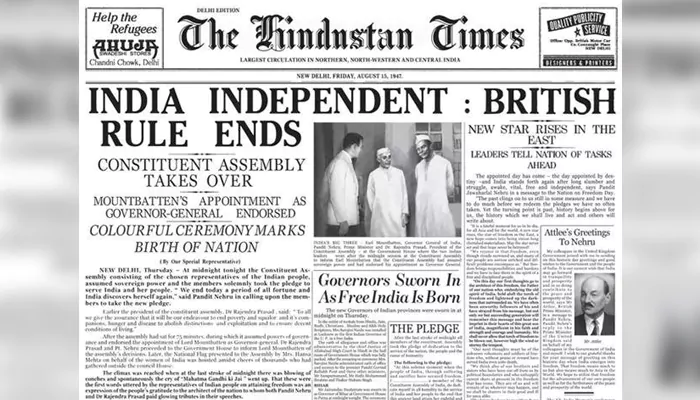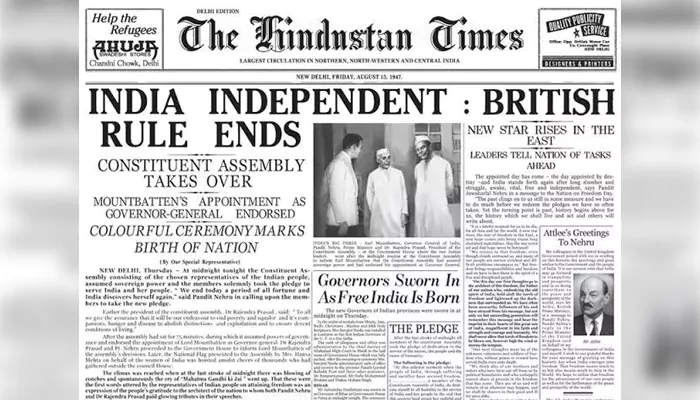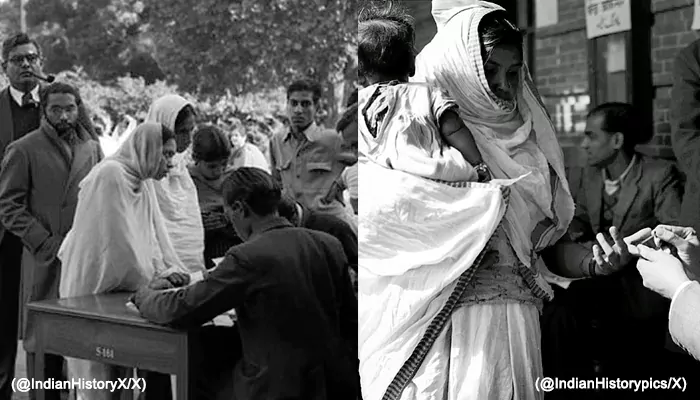The Impact of the Kochi Water Metro: How One City's Success Story is Shaping India's Transport Future
- Admin
- 1 year ago
- 3 minutes read

The Kochi Water Metro, inaugurated in April 2023, has given new faces to the city
In a burgeoning city like Kochi, where traffic congestion and environmental concerns have become part of daily life, the Kochi Water Metro launch was nothing less than a turn of events in this scenario. Celebrating its first anniversary on April 25, 2024, this innovative water transport system has revolutionised local commutation and made policymakers and urban planners across India take notice of this venture. The Ministry of Ports, Shipping, and Waterways (MoPSW) recently pointed out that the Kochi Water Metro model has immense potential for other metropolitan cities, ushering in a new era of transport infrastructure in the country.
A year of transformation in Kochi
The Kochi Water Metro, inaugurated in April 2023, has given new faces to the city. It has considerably eased the city's traffic congestion and reduced its pollution index with the help of an efficient and eco-friendly alternative to road transport. In addition, this system also supports the existing public transport network by providing commuters with a reliable and picturesque mode of travel across city waterways.
During the recent review meeting of the State Maritime and Waterways Transport Committee (SMWTC), T.K. Ramachandran, Secretary of MoPSW, pointed out that the Water Metro has made the maximum impact. The meeting, which was held virtually and in which senior officials from about 30 states and Union Territories participated, also noted the comprehensive development of maritime and waterway transport in the country. He stated that the success of the Kochi Water Metro proved that innovative transport solutions can be very effective in an urban setting.

A model for other cities
Viewing the success of Kochi Water Metro, MoPSW is keen to replicate similar models in other parts of the country—the cities of Kolkata, Mumbai, Guwahati, and Goa. This will make easy sense for these cities since they also grapple with overcrowding, traffic jams, and environmental degradation—all problems that a role-model water transport system can help alleviate.
The positives of replicating the water metro concept in other cities emerged during the virtual meeting chaired by Ramachandran. With senior officials from 14 states and Union Territories participating, the objective was to develop a coordinated approach to reviving India's maritime and waterway transport infrastructure.
Strategic initiatives and plans
The push to develop water metro systems is only a tiny part of the way towards the broader strategy of the MoPSW in its development of maritime and waterway transport across India. Then there is the Sagarmala Programme for strengthening the infrastructure at the sea coasts, followed by the NMHC at Lothal, commemorating and showcasing India's rich maritime heritage.
SMWTCs have already been constituted in thirteen states, including Andhra Pradesh, Mizoram, Himachal Pradesh, Nagaland, Puducherry, Rajasthan, Bihar, Assam, Goa, Kerala, Uttar Pradesh, Maharashtra, and Lakshadweep. These committees are proposed to be established in all 30 coastal and waterway states and Union Territories so that a uniform expression will be provided for the development of water transport systems in the country.
A vision for sustainable transport
The Kochi Water Metro is a sterling success, and the model is unbeatable for other projects in the future. Its impact on reducing traffic congestion, lowering emissions, and providing people with a reliable mode of transport has set a very high standard for urban transport solutions. Taking this model to more cities can help make giant strides towards a more sustainable and efficient transport network in India.

